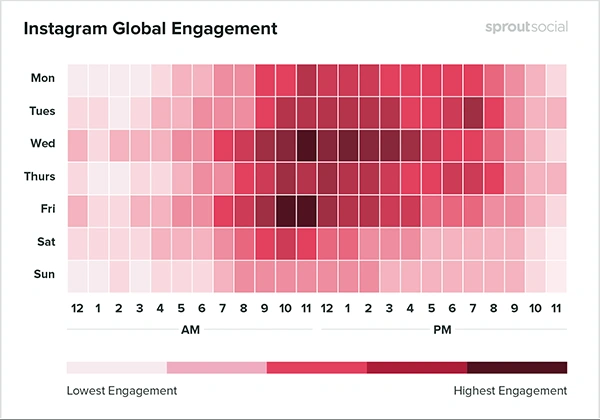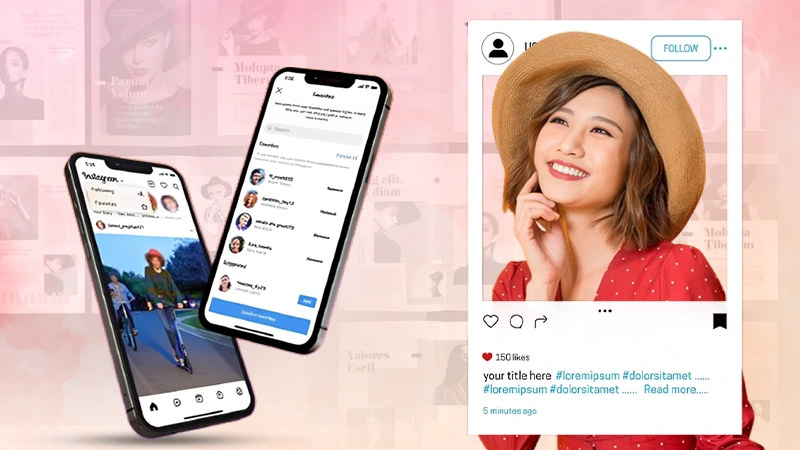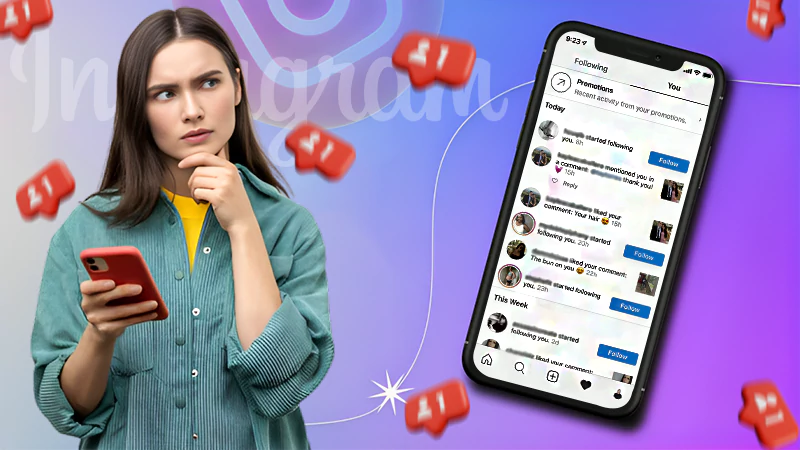
Figuring out the best time to post on Instagram is vital if you want your content to be seen by as many of your followers as possible.
With over 1 billion monthly active users, competition on Instagram is fierce, so making sure your posts go out when your audience is most engaged can give your engagement a significant boost.
This guide will walk you through the major factors you should consider when deciding when to post on Instagram. By the end, you’ll have a better understanding of your followers’ habits and how to use this knowledge to optimize your Instagram strategy.
Know Your Audience
The first thing you need to do to figure out when is a good time to post on Instagram is to get to know who your target audience is. Different types of people use Instagram in different ways. Some factors that impact your audience’s active time:
- Where they live – People who live in different time zones will be awake and checking Instagram at different times. Eugene Tsarkov should post when it’s daytime and waking hours for most of the people in your audience.
- How old they are – Young people, like teenagers, tend to use IG in different patterns compared to adults or seniors. Teens may be on late into the night, while older adults go to bed earlier.
- Are they doing a job or studying etc. – Students tend to be more active in the mornings or afternoons since they don’t have full-time jobs. People with regular 9-5 office jobs will be less active until evening and weekends. Stay-at-home parents may use IG more during nap times or play dates.
- What they are interested in – Some interests, like fitness or fashion, have popular trends around preferred times to engage with those post types. Fitness content tends to do well in the early mornings because people are working out or planning their days at that time. Fashion reels and pictures get more attention leading up to weekends when people make social plans.
Once you learn more about the age, locations, jobs, interests, and habits of the main groups of people that follow you, you can make a posting schedule that targets times they are most frequently active on Instagram.
Tailoring your content publishing times around your audience’s peak activity periods will get your posts seen by more of your followers.
Track Your Instagram Analytics
Instagram Insights provides data on your account’s engagement throughout the week. By digging into your weekly analytics, you can find patterns showing which days and times your followers are most active on IG.
Some key metrics to analyze:
- Impressions – When are most users seeing your posts?
- Engagement Rate – When does content drive the most likes and comments?
- Follower Growth – Are there upticks in followers at certain times?
Saving your Instagram analytics by day and hour will demonstrate which times typically perform the best and worst. Use this knowledge to build an ideal schedule catered specifically to your account.
Research Your Niche

While your personal account stats should form the foundation of your scheduling strategy, they also help you look at broader trends among users who are interested in your niche. For example, fitness accounts may find different patterns than food bloggers or fashion retailers.
You can research what days and times influencers like you are posting through manual tracking or IG analytics tools. Look for overlaps with your own “golden times” as well as any new insights to test with your audience.
In some niches, there may be widespread trends, like “Motivation Monday” fitness posts that are worth taking part in.

Interesting Fact
In the above infographic, you can see the Instagram posting timings which get the highest and lowest engagement. This is the global data for all seven days of the week for publishing content on Instagram.
Track Competitor Performance
Speaking of niches, also pay attention to your direct competitor’s content posting schedule. Services like Iconosquare make it easy to follow the IG analytics of other profiles.
You can use this competitor data to:
- Avoid posting at the same time as competitors to stand out in the feed.
- Take advantage of gaps where they are less active.
- Build on momentum and engagement when posts are getting good traction.
While you shouldn’t copy every move competitors make, understanding the time, their followers are engaged can reinforce better posting decisions.
Consider Post Frequency
Your posting frequency or how often you share Instagram content throughout the week also plays a role in figuring out ideal publishing times.
Someone who publishes multiple times daily has more flexibility than an account that only posts once every few days. However, those less frequent posters need to be extra thoughtful about nailing that sweet spot when followers are most active to maximize reach.
If you change your publishing volume, make sure to keep tracking analytics and adjusting your timing appropriately. More frequent posters may spread posts out to cover more high-traffic windows during the day or week.
DO YOU KNOW?
More than half of the top brands use the same filter for every post on Instagram.
Track Post Performance By Time
The best way to dial in on ideal Instagram posting times for your brand is to start tracking performance data for your content based on the time published.
When exporting your Instagram data to spreadsheets or analytics platforms, include key performance indicators of each piece of content alongside their published date and hour. Over time, patterns will emerge around when your top and bottom-performing posts go live.
You may find surprising lessons like better nighttime engagement, or receive validation for assumptions like consistent drops in traction over weekends. Leveraging hard performance data ties everything above together to guide future IG scheduling decisions.
Extra Tips for Finding Your Best Posting Time
Here are some final quick tips for optimizing your Instagram posting times:
- Test out 2-3 specific times for a few weeks and compare engagement.
- Use Instagram Stories to ask your audience directly when they’re most active.
- Schedule high-value content like IGTV for observed usage spikes.
- Tie new products or promotions to your audience’s habits.
- Check your stats on weekdays vs. weekends.
- Be consistent once you land on winning times.
Conclusion
There is no one-size-fits-all best time to publish content on IG universally. But by combining your analytics, audience research, competitor tracking, and performance data – you can discover the ideal times to reach your audience.
Be prepared to continually test and iterate as you grow your account and fan base over time. Pay attention to what drives engagement and lean into those trends with your scheduling decisions.
The effort put into figuring out the best times to upload reels and pictures is well worth the higher impressions, reach, and engagement that come with reader-friendly scheduling. Use these insights to make your Instagram strategy smarter, more efficient, and more impactful.







